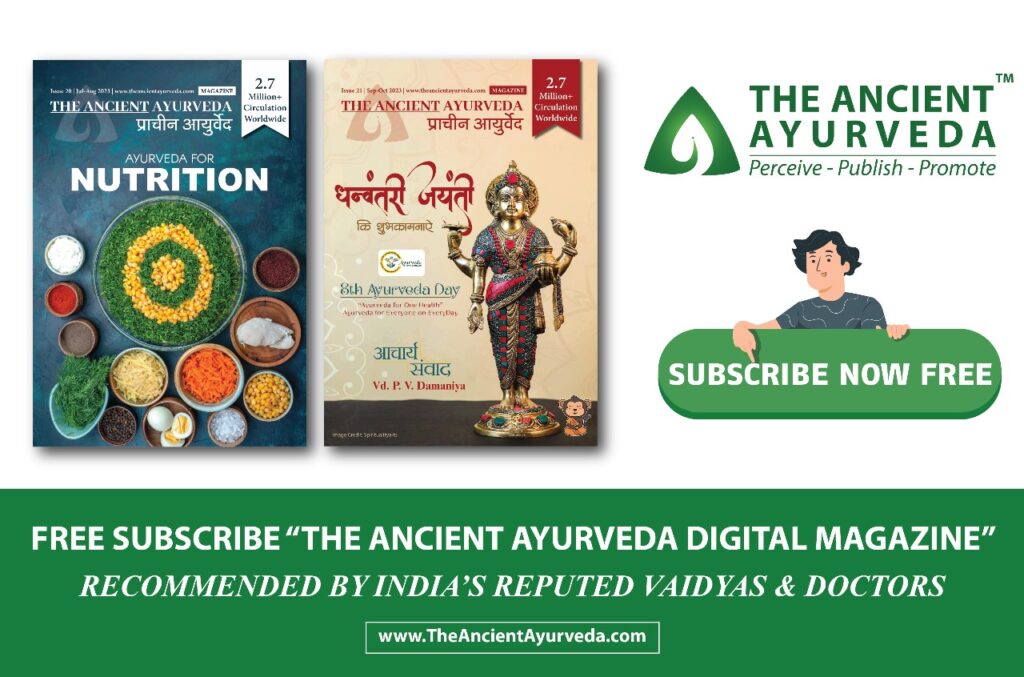World was always fascinated by the mudra’s each God depicted, the blessing mudra’s of Hindu Gods, divine sacrifice of Jesus, enlightenment mudra of Buddha always stands apart.
In Budha statues, commonest is the Bhoomisparsha mudra, seated with right hand over right knee towards the ground. This gesture represents the moment of Budha’s awakening, claiming the earth as the witness of enlightenment. Just before he realized enlightenment, it is believed that the demon Mara tried to frighten him with the armies of demons and monsters including his daughters who tried to tempt him to get out of meditation under the Bodhi tree. While the demon king Mara claimed the throne of enlightenment for himself and challenged Buddha. For a witness, Siddhartha touched the earth, and it is believed that the earth itself roared “I bear you the witness! “. Hearing the roar from the earth itself demon king Mara disappeared, and Budha’s enlightenment continued.
This mudra not only represents the defeat of Mara and his demonic army by Budha it also represents the firmness shown by Budha. Right hand depicts skillful union and the left hand represents wisdom facing upward in meditating position.
As the story defines, mudras and mind have a deep connection. Mind is never included in the sense organ according to acharya Charaka. It is considered as one among 12 instruments of cognition, action, and feelings. It motivates and coordinates various sensory and motor activities and is devoid of consciousness. Charaka also says that manasika doshas like rajas and tamas predominate the mind and aggravates emotions like passion, anger, and fear.
Hence, we all know yoga maintains physical and mental balance, similarly perfect mudras help in attaining the mano guna / sattvikata and removing the mano doshas (raja and tama). As it’s told sarvam dravyam panchabhoutikatam (every object in the universe is made of Panchamahaboota’s, let’s first understand the relation between fingers and panchamahabhoota’s.
Thumb, index, and middle finger represents Agni, vayu and akasha respectively. Ring finger represents Prithvi, and little finger represents jala. As the Panchamahabhootas combine, the desired effect of cooling or hotness is produced in the body.
As the special position of fingers or hand indicate a mudra, it gives marvelous effect by awakening hidden energies of prana, chakra, and kundalini. The skill acquired by practicing these mudras helps in coordinating pancha khosha’s (sheath / covering of Atman / soul) of the body. As Rigveda and Einstein signified about vibrations, at the beginning, the practitioner recognizes and feels the vibrations and leads to a stable awakening or Atma sakshatkara – realization of self.
Yoga mudras are broadly classified into 5 types –
1) Hasta mudra:
- They are concerned with pranayama and dhyana
- Position of fingers play a pivotal role in these mudras
- Some important among them are:
- Gyan / Jnana Mudra (palm facing upwards) –
With a practicing time of 15-45 minutes, this mudra reduces stress depression levels, improves concentration and helps for a good sleep.
- Chin Mudra (palm facing downwards) –
Having the same effects as gyana mudra, this asana is different only in placing of palm
- Yoni Mudra –
With a practice time of 15 minutes, this mudra relieves menstrual pain, resolves menopausal issues, calms nervous system, and awakens kundalini.
- Bhairava Mudra –
With a practice time of 15 minutes, this asana balances both hemispheres of the brain. It is useful for heart, stomach, liver, duodenum, gallbladder, spleen, pancreas and kidney
- Hridaya / Apana vayu mudra –
Helps direct prana towards the heart, balancing the blood pressure and helping with heart problems.
2) Mano mudras:
These are helpful in stimulating the kundalini powers.
Some important among them are – Sambhavi mudra (Strengthening eye muscles and reducing stress and depression) and khichari mudra (Tongue rolled back up to nasal cavity above the soft palate. Most powerful mudra wherein yogi attains super conscious level by controlling hunger, thirst, and all bodily needs).
3) Kaya mudras:
They are useful in regulating the breath and concentration of mind. Some important among them are:
Prana mudra (Most powerful mudra- Improves immunity, balances body energy and feel energized) & manduki mudra (Frog posture wherein mooladhara chakra is stimulated).
4) Bandha mudras:
The live power for awakening the kundalini power is generated by practicing these mudras. Important among them are maha mudra (controls sexual potential) and maha vedha mudra (Perineum gesture practice)
5) Adhara mudras:
These mudras send energy from the lowest parts of the body to the brain. These mudras control the sexual capacity. Important among them are:
- a) Ashwani mudra/horse gesture – Practice deals with repeated contraction and relaxation of pelvic muscles providing more force and stamina
- b) vajroli mudra (for men only) – Pull muscles at base of penis and then release,
- c) sahajoli mudra(for women only) – Contracting urinary passages to activate
swadhistana chakra, the energy center.
Practice of any of these mudras helps in attaining a physical and emotional balance.

